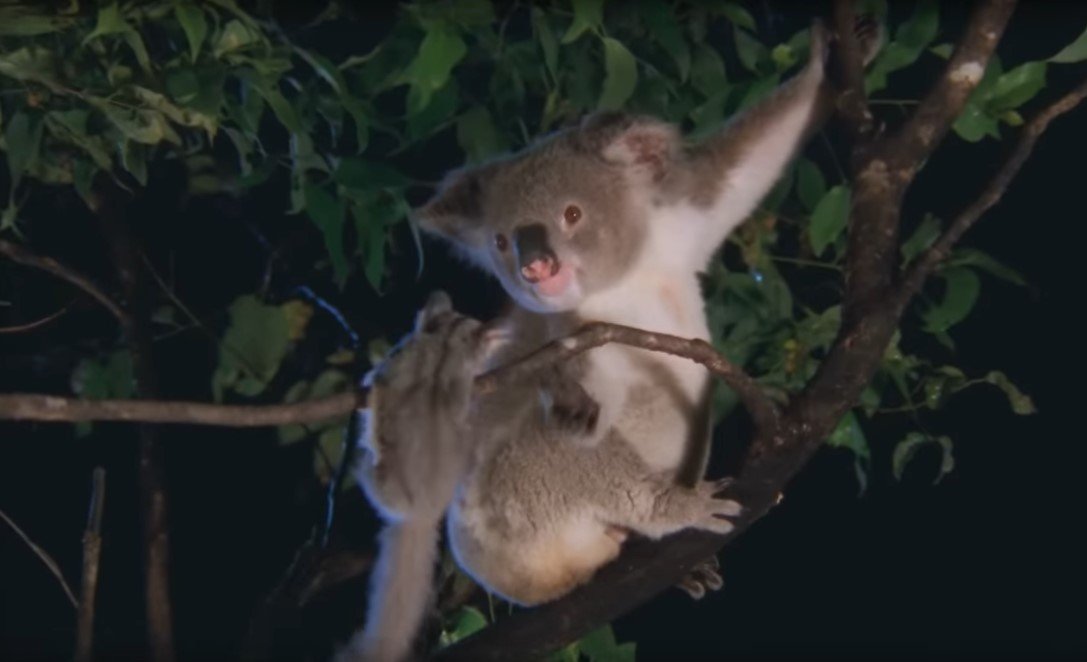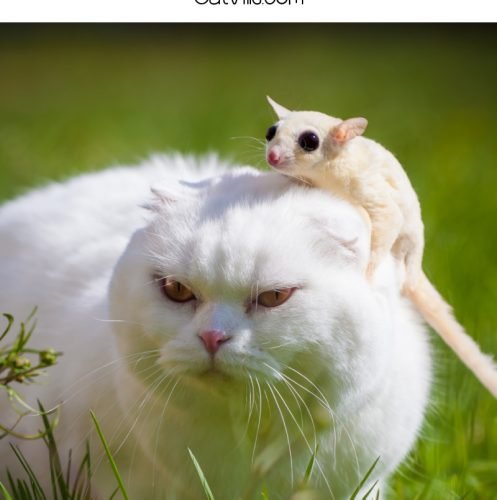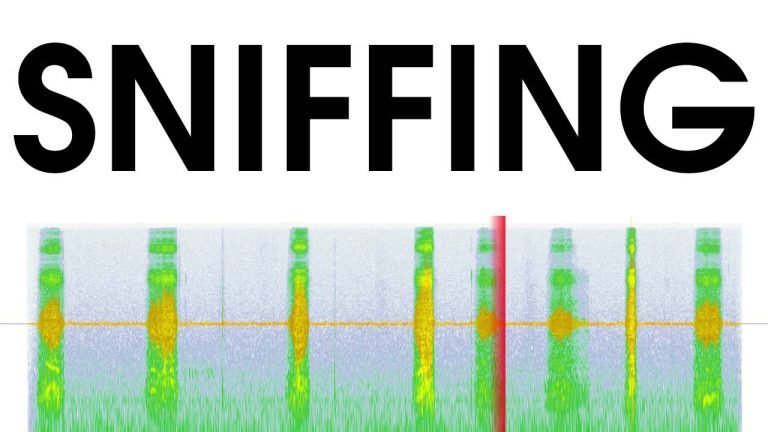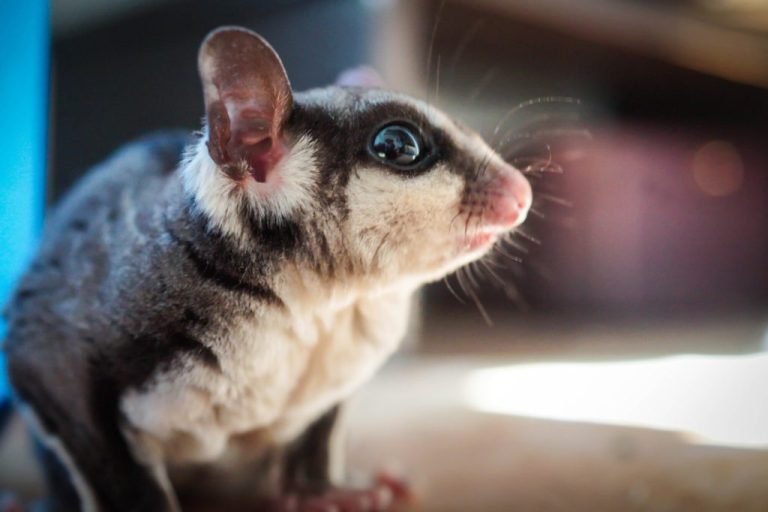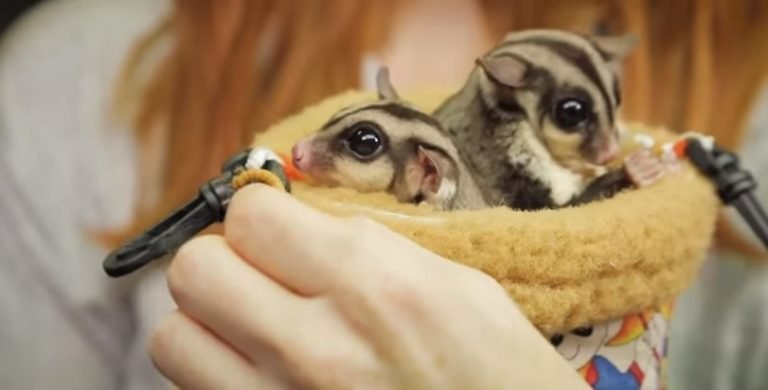What Are Sugar Gliders Predators
What Are Sugar Gliders Predators: Understanding Threats in the Wild and at Home
Sugar gliders are small, adorable marsupials that are native to the forests of Australia, New Guinea, and Indonesia. These tiny creatures have become increasingly popular as pets in recent years due to their cute appearance and playful nature. However, before bringing a sugar glider into your home, it is important to understand the potential predators that they may face in the wild. In this article, we will explore the various predators of sugar gliders and the strategies they employ to avoid becoming someone’s meal.
Natural Predators of Sugar Gliders:
1. Birds of Prey:
One of the most significant predators of sugar gliders is birds of prey, such as owls and hawks. These aerial hunters have excellent vision and are capable of swooping down on unsuspecting gliders from above. Due to their small size and ability to glide, sugar gliders are particularly vulnerable to attacks from birds of prey. However, sugar gliders have evolved remarkable adaptations to avoid becoming prey. They are nocturnal creatures, meaning they are most active at night, when birds of prey are less active. Additionally, sugar gliders have a thin membrane of skin, known as a patagium, that allows them to glide through the forest canopy, making it more difficult for birds to catch them in flight.
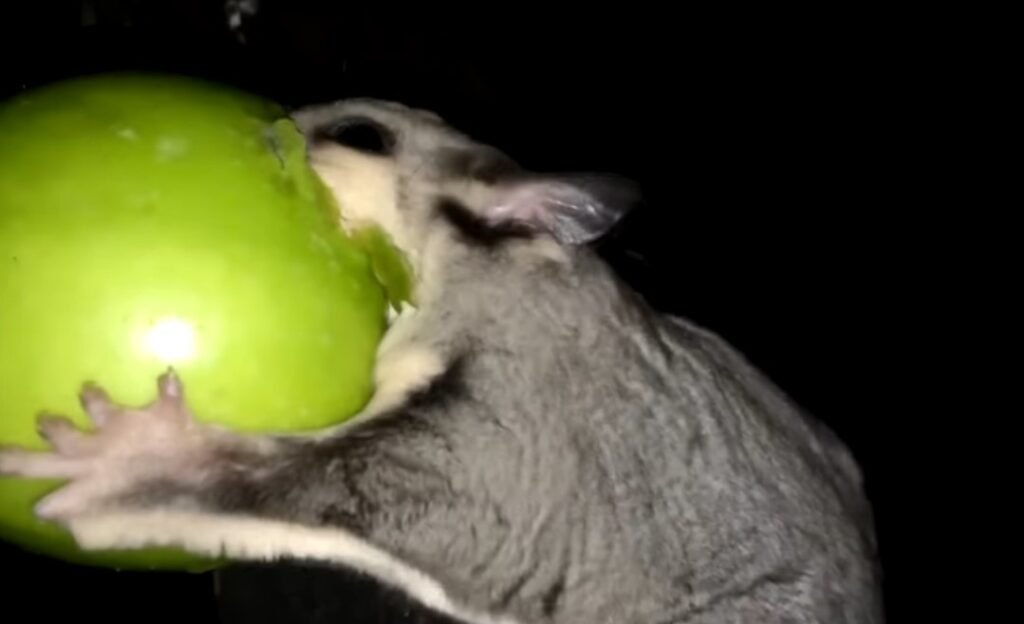
2. Snakes:
Snakes are another natural predator of sugar gliders. The dense forests inhabited by sugar gliders are also home to a variety of snake species. Snakes are skilled climbers and ambush predators, making them a significant threat to sugar gliders. However, sugar gliders have a keen sense of hearing, which allows them to detect potential threats and escape before a snake can strike. They also have sharp claws and teeth, which they can use to defend themselves if necessary.
3. Arboreal Carnivores:
Arboreal carnivores such as marsupial gliders, possums, and tree-dwelling mammals are also known to prey on sugar gliders. These creatures have similar adaptations to sugar gliders, such as the ability to glide through the forest, making them formidable predators. However, sugar gliders have a social structure that encourages cooperation and vigilance. They form small groups and communicate with each other through vocalizations and scent marking, which helps them alert the group to potential threats. This increased awareness and cooperation make it easier for sugar gliders to avoid becoming prey.
4. Humans:
While not a natural predator, humans pose a potential threat to sugar gliders. The popularity of sugar gliders as pets has led to increased trafficking and illegal capture of these animals from the wild. Trading in sugar gliders as pets is currently regulated in certain countries to protect the species. However, responsible ownership of sugar gliders is crucial to ensuring their wellbeing and preventing further harm to wild populations.
Protecting Sugar Gliders from Predators:
While sugar gliders have evolved various adaptations to avoid predation, there are several steps you can take to protect pet sugar gliders from potential predators:
1. Enclosures: Ensure the sugar glider’s enclosure is secure and predator-proof, with appropriate mesh sizes to prevent any potential intruders from accessing the enclosure.
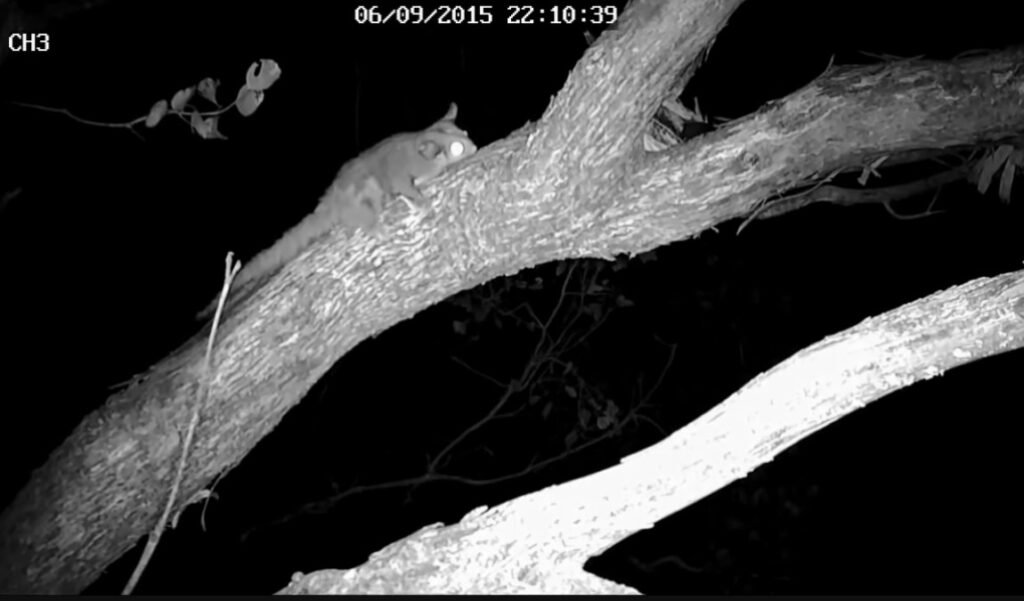
2. Supervised Outings: If you allow your sugar glider to explore outside of its enclosure, always supervise their outings to prevent potential predator attacks.
3. Safe Environments: Avoid exposing sugar gliders to environments where predators may be present, such as open areas with high bird populations or locations with a high snake density.
Frequently Asked Questions
1: Can sugar gliders defend themselves against predators?
While sugar gliders have defensive mechanisms such as sharp teeth and claws, their primary strategy for avoiding predation is awareness and vigilance. They rely on their social structure and communication with group members to alert each other to potential threats.
2: Are sugar gliders endangered?
Sugar gliders are not currently listed as an endangered species. However, over-harvesting and habitat destruction are threats to wild populations. It is important to adopt responsible ownership practices to protect these animals.
3: Can domesticated sugar gliders be released into the wild?
Domesticated sugar gliders have become accustomed to captivity and may lack the skills necessary for survival in the wild. Releasing them into their natural habitat can be detrimental to their chances of survival and should be avoided.
Final Thoughts:
While sugar gliders are undeniably adorable creatures, it is essential to remember that they are not suitable for everyone as pets. Before considering bringing a sugar glider into your home, it is crucial to research their care requirements thoroughly and understand the potential challenges they may face. By providing a safe and secure environment, you can help protect sugar gliders from predators and ensure their overall well-being. Remember, responsible ownership is key to the conservation of these fascinating marsupials.

